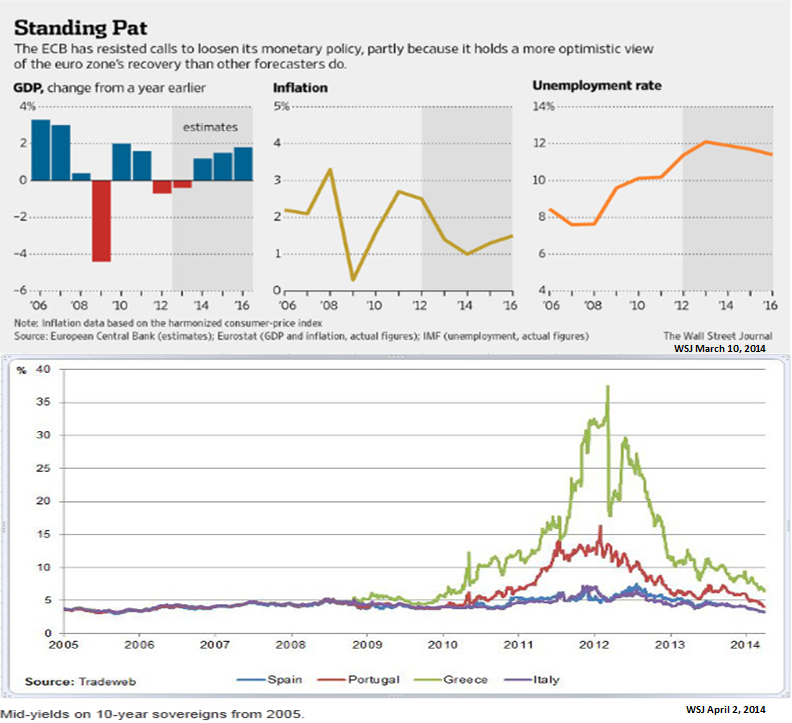Some see signs credit crisis is over
Post on: 31 Март, 2015 No Comment

Printable version
Renewed signs of health among big US banks are sparking hope that the credit crisis is over, with the risks diminishing for a new financial meltdown.
Despite a still-fragile situation, some analysts point to easing interest rates, rising stock prices for major banks and the renewed ability of banking firms to raise new capital in the private sector.
This could lead to many banks repaying the US government by repurchasing the shares from capital injections. America’s banking crisis is over, said Avery Shenfeld, senior economist at CIBC World Markets, in a recent note to clients. Shenfeld said one major factor is the drop in the key Libor interest rate for lending between banks to the point that indicates that the fear of failure has been shaken out of the system.
The conclusion of the stress tests of the system along with requirements that major banks raise modest amounts of new capital — which they have been doing — indicates the United States will not allow a failure that could lead to a major shock to the system, said Shenfeld. The US will not be left with an empty shell of a banking system, the way Japan was in the 1990s after its equity and real estate crash, he said.
Numerous banks have been able to raise fresh capital, including Bank of America, which issued some shares to reap roughly 13.47 billion dollars.
Citigroup, meanwhile, raised two billion dollars in bonds without a guarantee that had been offered by US authorities. Treasury Secretary Timothy Geithner said Wednesday that he sees important indications that our financial system is starting to heal. Kent Engelke, chief economic strategist at Capitol Securities Management, said the easing of pressures on credit markets points to an end to the crisis that began nearly two years ago and intensified with the collapse of Lehman Brothers last September.
I think it is safe to write the worst of the financial crisis has now passed, he said. Another leg down is viewed as improbable by the credit markets. Others remain skeptical, saying banks are averting calamity only because of massive government guarantees and other forms of aid. Standard & Poor’s said in a recent research note that banks are far from a recovery, and the banking crisis has merely entered a new phase.
S&P analyst Tanya Azarchs argued that there’s nothing to say that this banking crisis can’t go on for another three or four years. S&P and others point out that banks have not even begun to purge their balance sheets of the so-called toxic assets linked to real estate. Some estimates indicate this could mean another trillion dollars or more among global banks. The financial system — in spite of the massive policy backstop — is severely damaged and the credit crunch will thus not ease very fast, says Nouriel Roubini, economist at New York University who has had a longstanding pessimistic view.
Many financial institutions are still severely undercapitalized, in spite of stress tests that were not stressful enough, are saddled with bad loans and bad assets and are in risk retrenchment mode that leads to a persistent credit contraction.
Joe Weisenthal, editor at the financial website Clusterstock, said however that confidence appears to be building, as evidenced by the big amounts of capital pouring into Bank of America and others. The fact that (Bank of America) moved so much stock is a decent indicator of real money out there willing to come into banks, he said. But Bob Eisenbeis, economist at Cumberland Advisors, said it is too soon to sound the all-clear signal, arguing that money is coming into banks largely because of the implicit promise by authorities to rescue any institution that gets into trouble.














